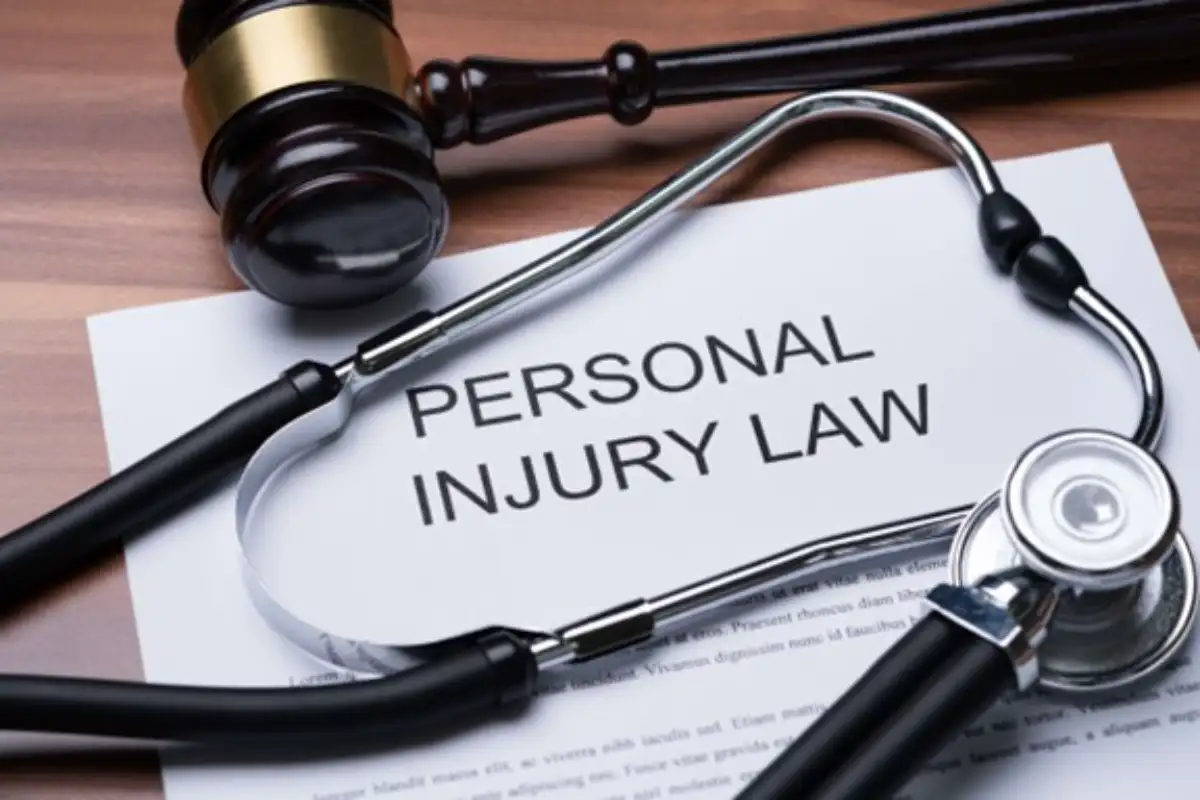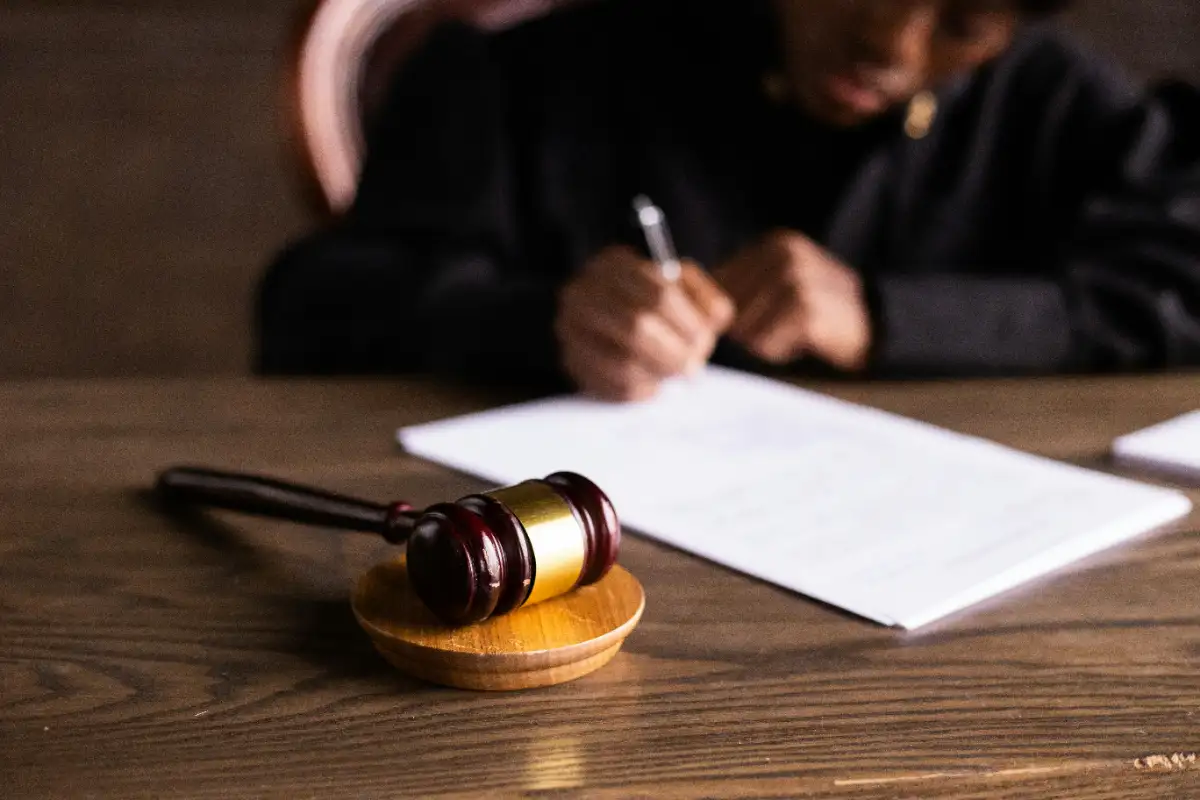
Personal injury lawyers engage in a range of strategies to negotiate higher settlements for their clients. They present robust evidence of their clients’ losses resulting from accidents to fight for equitable compensation.
The process involves presenting various forms of evidence such as depositions, expert testimony, accident reconstruction, and official documents. Besides, personal injury attorneys can gain an upper hand by intimating the possibility of legal action. Insurers often aim to avoid court fees and related expenses, leading them to offer higher settlements to circumvent a trial.
Effective Damages Assessment: A Key to Higher Settlements
An accurate assessment of a client’s damages is the backbone of any negotiation process. This step involves the collection of information and documentation from expert witnesses, including medical professionals and economists.
Personal injury attorneys ensure that the accounting includes any future accident-related expenses their clients might incur. The goal is to secure the maximum possible compensation and avoid any future financial burden for the client and to make the client as close to whole as possible.
Establishing Liability: A Crucial Aspect of Higher Settlements
The question of liability for the accident is another key element that can influence an insurer’s settlement offers. Insurers may attempt to shift the blame—entirely or partly—onto a client to undervalue or deny their claim.
A part of establishing liability also involves evaluating any applicable comparative or contributory negligence laws to a client’s case. A personal injury lawyer can conduct an independent investigation of the accident to counter an insurance adjuster’s determination of fault. This way, they can ensure their client does not bear responsibility for a higher percentage of fault than they should.
Collaborating with Expert Witnesses: Accident Reconstructionists
Sometimes, it becomes necessary to work with accident reconstructionists to establish another party’s liability. These experts can conduct a comprehensive review of evidence from the scene of a car accident, such as tread marks, black-box data, and surveillance, to determine what caused or contributed to the accident.
Accident reconstructionists may be able to establish if another party:
- Ignored stop signs and red lights
- Failed to make a proper lane change
- Was speeding
- Lost control of their vehicle due to a defective auto part
- Was driving during dangerous road conditions
- Was driving during low visibility
This information can be crucial when trying to hold another party liable for your client’s injuries and losses.
Gathering Official Documentation
Depending on the type of accident your client experienced, official documents may serve as evidence of fault or negligence.
For example, if a client was injured at work due to malfunctioning equipment, their ability to obtain workers’ compensation https://baderscott.com/areas-we-serve/atlanta-ga/workers-compensation-lawyer/ benefits may hinge on whether their lawyer can demonstrate that they used the equipment in accordance with established safety standards. Useful documentation may include safety training brochures or instruction manuals for the equipment.
In a car accident case, the official police report can be invaluable, as it often includes the responding officer’s assessment of fault for the crash. In the case of medical malpractice, personal injury lawyers would rely on various medical records to show how a medical error occurred during a client’s treatment.
In any personal injury case, it is essential for your firm to gather as much documentation about the accident as possible. The more evidence you bring to the negotiating table, the more leverage you will have in persuading an insurer to make a high settlement offer.
Reviewing an Insurance Policy
Another way personal injury lawyers can negotiate for higher settlements is by reviewing the liable party’s insurance policies. They should do this to ensure they seek compensation up to the full policy limits when applicable.
Applying Comparative or Contributory Negligence Laws
Most U.S. states, including Georgia https://casetext.com/statute/code-of-georgia/title-51-torts/chapter-12-damages/article-2-joint-tort-feasors/section-51-12-33-reduction-and-apportionment-of-award-or-bar-of-recovery-according-to-percentage-of-fault-of-parties-and-nonparties, use a comparative negligence system. This means personal injury victims can still recover damages even if they were partially at fault for their accident and injuries. However, the court will reduce each party’s damages in proportion to their degree of fault.
For example, if your client receives $100,000 in damages, but they shared 20% of the fault for the accident, their award would be reduced by 20%, and the maximum amount they could receive would be $80,000.
The two different versions of comparative negligence are:
- Pure comparative negligence
- Anyone who is 99% or less at fault for the accident can recover damages.
- Modified comparative negligence
- Anyone who bears less than half of the fault for the accident can recover damages (some states say the victim must be less than 51% at fault, while others say they must be less than 50% at fault).
In a contributory negligence state, an accident victim cannot collect any damages if they share fault for the accident, even if their percentage of fault is only 1%. In these states, it is crucial to ensure your client does not bear any blame for the accident, or they may be barred from receiving compensation.
A lawyer can apply these laws to a client’s case and protect them from bad faith practices an insurance company may engage in. For example, an insurance adjuster may try to assign your client more fault for the accident than is reasonable. A lawyer can present evidence to dispute their findings. Nevada uses the modified comparative negligence standard.
Threatening Legal Action: A Powerful Tool for Higher Settlements
Personal injury lawyers always have the option to initiate legal action. In some cases, it may be best to start with a lawsuit. It all depends on the specific circumstances your individual client faces.
Even if a lawyer enters negotiations with an insurer, they always have the option of going to court, as long as the statute of limitations has not passed. Insurers may wish to avoid a trial, so filing a lawsuit may push them to offer a fair settlement.
When proposing legal action to your client or a liable party, you should consider several things, such as the statute of limitations and your fee arrangement.
Insurers Usually Want to Avoid Paying Court Fees
In general, insurance companies want to avoid the costs of going to court, especially trial expenses. Each court sets its fee structure for these varied expenses. For instance, consider the following court filing fees imposed by the Southern District Court of Georgia https://www.gasd.uscourts.gov/court-fees:
- Civil filing fee
- Habeas Corpus Filing fee
- Appeal fee
Other miscellaneous expenses can include:
- Document filing/indexing fee
- Microfilm/Microfiche of Court records fee
- Search of records fee
- Certification fee
- Audio recording fee
- Record retrieval fee
- Returned check fee
- Exemplification of any document fee
- Attorney admission fee
- Certificate of good standing fee
- Pro hac vice fee
- Reproducing any paper record fee (per page)
A firm client may not want to deal with such fees, either. Thus, as you negotiate for fair compensation, you may persuade an insurer to make a higher settlement offer, so you can both avoid going to court.
Insurers May Wish to Settle Sooner Than Later
Everyone involved in a personal injury case would rather sort things out sooner than later. Even insurers want to close a claim or lawsuit as soon as possible. They, too, have other issues to attend to, such as other claims. They may make a higher settlement offer just to be done with your firm and your client. However, the opposite can be true when insurers delay settling claims because they can and because they are in a more favorable bargaining position.
Consider How the Statute of Limitations Affects Negotiations
As you negotiate for a higher settlement, consider how the statute of limitations affects your case. For example, Nevada’s statute of limitations generally gives injury victims two years to file a personal injury lawsuit.
If you wait too long during negotiations, you could miss this filing deadline and lose your right to file a lawsuit. After this window closes, an insurer may deny a claim outright without any risk of litigation.
Consider How Your Fee Arrangement Affects Negotiations
Lastly, when negotiating for higher settlements, keep your law firm’s fee structure in mind. If you take personal injury cases on contingency, you may want to accept negotiations to avoid going to court and paying fees. There is typically a higher attorney fee associated with cases that require filing lawsuits to settle. However, this may be necessary to fight for fair compensation.
Winning Justice for Their Clients: A Noble Pursuit of Personal Injury Lawyers
Personal injury lawyers witness the impact of negligence on individuals and their families. Some of your clients’ situations will be heartbreaking. Some accident victims are facing permanent impairment, and families are grieving the loss of loved ones.
When you negotiate for higher settlements, you are seeking more than just compensation for your client–you are pursuing justice for them. Though nothing can undo the harm they suffered or replace the family member they lost, going the extra mile for your clients may give them closure or at least remove some of the financial burdens that they will only face due to another’s negligence or wrongdoing.
By negotiating for higher settlements, you can show your clients that they deserve justice and you can provide compassionate legal care by working to hold liable parties responsible.
Higher Settlements: An Achievable Goal
There’s no step-by-step process to follow when negotiating with insurers, and each case will require a tailored legal strategy. Still, there are several ways to negotiate for higher settlements and different factors to consider.
Personal injury lawyers must present compelling evidence of both their clients’ losses and liable parties’ negligence. They must adhere to important deadlines and weigh the pros and cons of entering litigation. Meanwhile, they have to temper their clients’ expectations and do everything in their power to further their clients’ best interests.
None of these tasks are easy, but negotiating for higher settlements can give their clients satisfaction in knowing that justice was served. It can also help them access the medical treatment they need to heal or cope with a permanent impairment. Negotiating is an art, and every individual case comes with unique challenges.

